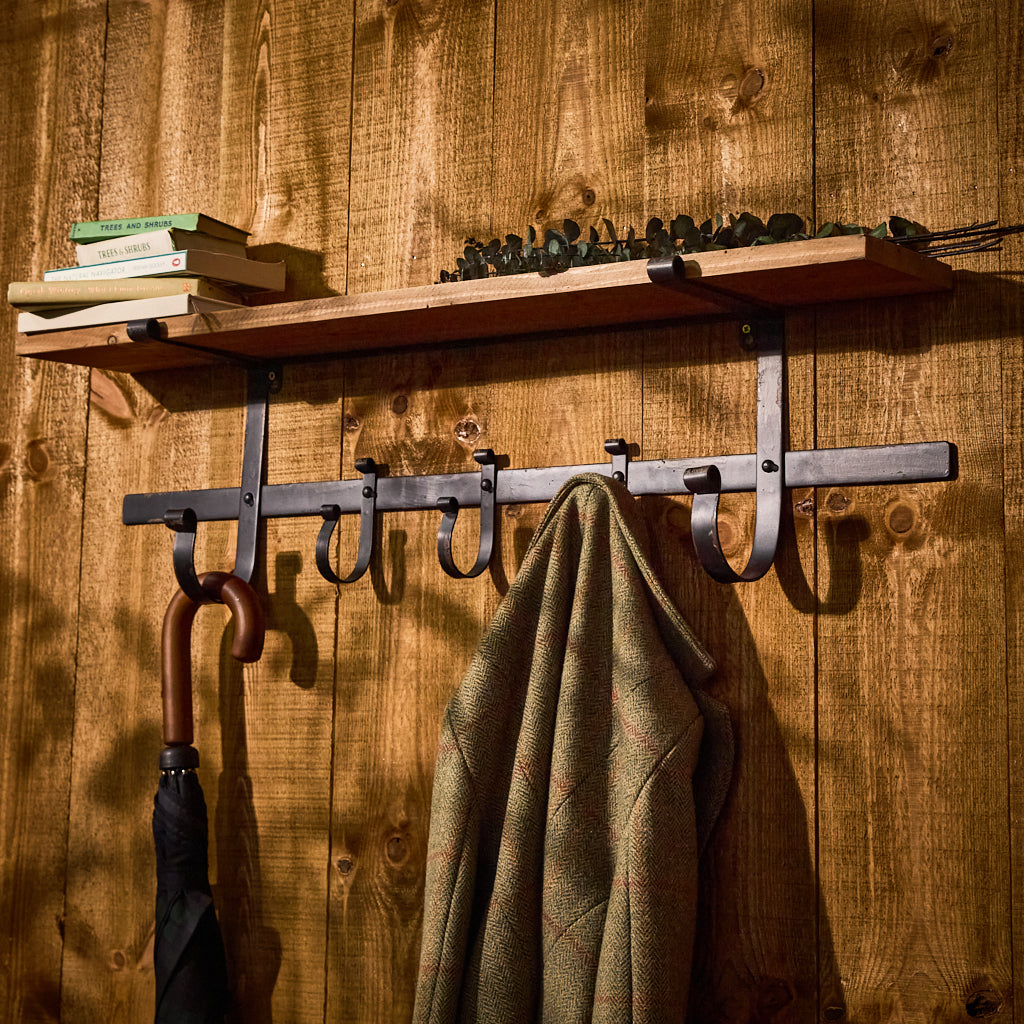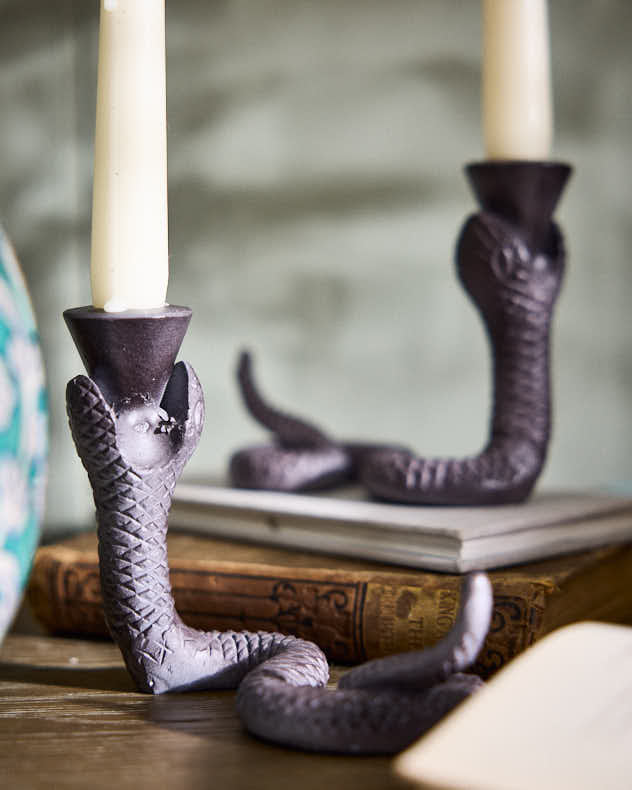7 Common Mistakes to Avoid When Home Decor Shopping

Want to update your space? Whether you are moving into a new place or simply working on a room that is long overdue, home décor shopping can be fun, but it can also quickly become a costly mistake! With impulse buying and ignoring the proportions of the room, these common mistakes are easy to make as a shopper.
In this blog, we will outline the seven (plus one bonus!) common mistakes and how to avoid them so that you can decorate smarter, not harder. You'll leave with useful tips that will help your home still look stylish but feel normal.
1. Rushing the Process: Why Patience Pays Off
You venture into a home decor shop, see something trendy, and buy it on the spot. Does this sound like you?
Impulse buying is a big mistake. While it may scratch your shopping itch at the moment, you likely find the piece doesn't work with the other pieces you have. Instead, take time to measure your space, think about what you need, and consider how each piece fits into your long-term vision.
Power Tip: Sleep on it! If you are still thinking about the mirror or vase the next day, then it is probably worth considering.
2. Ignoring Scale and Proportions
We’ve all witnessed it: an enormous couch dominating the room or a diminutive rug overwhelmed by the coffee table.
Scale is critical, and you should always measure the size of your space, the size of the furniture you want to purchase to fill that space, and the size of the home decor you want. Proportion is extremely important to visual balance. As a general guideline, if a room is larger, you can usually use larger-scale pieces.
Visual Trick: Use painter's tape and map out the size of your furniture on the floor before you commit.
3. Forgetting About Functionality
It can be easy to be suckered into pretty pieces that look great online but don't do you any favors in real life. That fancy chair could be Instagram-worthy, but if it's not comfortable to sit on, what is the point?
You should consider how the piece will serve you each day. Is it kid-proof? Can it survive spills? Does it serve more than one purpose? You want furniture and decor to fit your lifestyle, not just fill your area.
Power Move: Choose beauty and function, like storage ottomans, pretty shelving, and performance fabrics.
4. Overloading on Trends
So, yes, while there can be justification for riding the newest design wave, too much of a good thing can age your space rather quickly. Instead, insert trend elements at a smaller/ easily swappable level like throws, cushions, or decorative bowls, and keep your bigger home decor items more timeless.
Rule of thumb: Look for the 80/20 rule, which states that you should have 80% classic design and 20% trendy design.
5. Skipping the Planning Phase
Going into home decor stores without a plan is like going grocery shopping on an empty stomach: you end up with too much of what you definitely don’t need and none of what you do.
It’s important to set your goals before you shop. Know your measurements, your budget, and your theme. You can use mood boards or photos for inspiration, but however you plan to go about finding new decor pieces, having it organized in your mind is helpful. Taking the time to prepare will keep your look cohesive and will stop you from making haphazard purchases.
|
Planning Essentials |
Why It Matters |
|
Measurements |
Avoid returns and wrong fits |
|
Color palette |
Maintain visual flow |
|
Budget |
Stay in control of spending |
|
Mood board |
Inspire a cohesive style |
Planning Bonus: Use mobile apps to visualize furniture placement digitally before buying.
6. Forgetting Lighting and Layering
No matter how fabulous your furniture, a room with bad lighting can feel uninspired.
Lighting sets the tone. Layer your lighting to create your mood by combining natural light, ceiling lights, table lamps, and sconces. Consider warm glows for the living area, task functionality in the office, and accent; think of lighting as decor.
Design Pro Tip: Consider dimmers to change the mood, and if your room is dark or small, remember mirrors to reflect natural light!
7. Neglecting Personal Touches
Did your home decor shopping adhere to your color palette and selection of on-trend accents, but your room still feels generic?
That’s because you are missing your story. Individual touches, framed children’s art, vintage finds, or family heirlooms- breathe warmth and authenticity into the space. They give your home heart and are even good conversation starters!
Power Word: Identity. Your home should feel like you.
Power Up Your Space: Avoid These Slip-Ups Today
Home decorating should be enjoyable, not stressful. By steering clear of these common pitfalls, you will save time, stress less, and ultimately have a space that looks great and works even better. Remember, well-decorated spaces don't happen overnight; it's about making deliberate choices!
So, before going home decor shopping for your next home decor project, take a breath, slow down, create a plan, and think about the long game.
Want to explore your style and make informed decisions? Check out our collection of timeless, well-made home decor pieces and style inspiration from experts, all in one place! At Evergreen Interiors, we take a smarter home decorating approach to every project.
FAQs
What should I consider or plan ahead of home decor shopping?
You should measure your rooms, establish a budget, and create a mood board.
How do I prevent impulse buys in home decor stores?
You should sleep on it and stick to your list.
Why is scale significant when choosing home decor?
Scale makes furniture and decor visually harmonious and functional.
How can I make trendy decor feel more timeless?
Use trends in smaller pieces, but rely on a more classic style for your main pieces.
What is the best way to house a decorated space to personalize it?
Add your own photos, souvenirs, and unique vintage pieces.



Comments